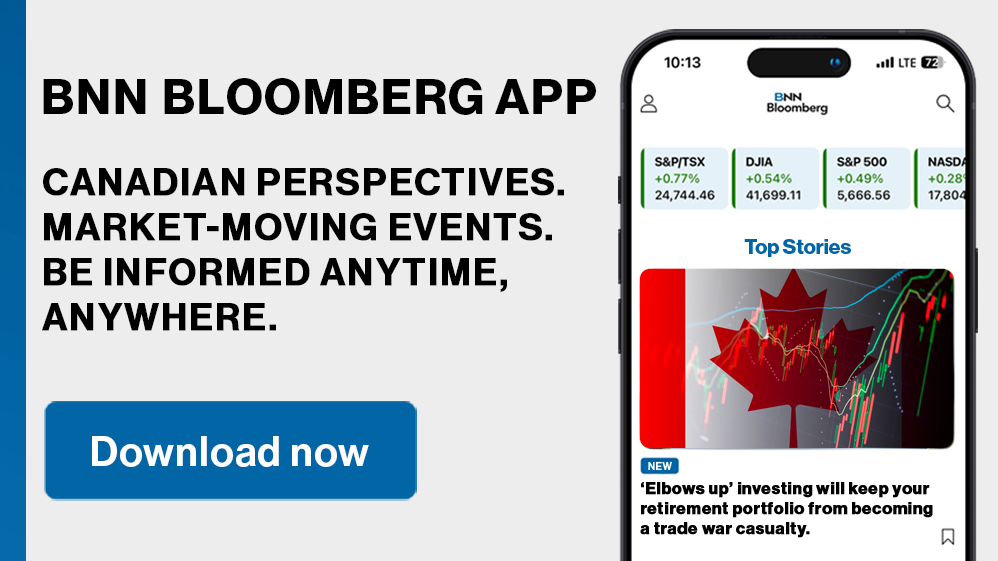(Bloomberg) -- Bank of Canada Governor Tiff Macklem is so confident the central bank has crushed inflation that he’s tweaked its decision-making process — officials are now setting interest rates to prevent price pressures from slowing too much.
The surge in costs that caught Macklem and other central bankers off guard three years ago? That’s old news. After years of policymaking to ward off inflation spikes, the current concerns are slow growth, tapped-out consumers and rising unemployment.
Canada’s central bank cut borrowing costs for a second consecutive meeting on Wednesday, bringing the overnight rate to 4.5 per cent. Speaking to reporters, Macklem acknowledged the bank’s rate-setting council is increasingly focused on downside risks.
The jobless rate, at 6.4 per cent, is now higher than its pre-pandemic level — and it’s nearly double for immigrants who’ve landed in the past five years.
“It’s clear that the Bank of Canada has been spooked by the jump we’ve seen in the unemployment rate,” Avery Shenfeld, chief economist at Canadian Imperial Bank of Commerce, said in an interview. “And while they point out that a lot of that is new arrivals to the country not finding jobs, it still counts in terms of a signpost of an economy that might be getting too weak for its own good.”
In the past, the bank has fretted that lowering rates would lead to rising prices in the country’s already-expensive housing market. It’s happened before. But fears about real estate speculation have eased, replaced by worries that households are stretched financially and consumption is slowing too quickly.
“Pent-up demand for things like new cars and travel is fading,” Macklem said — a fact underscored by Air Canada’s profit warning earlier in the week. “Families are setting aside more of their income for debt payments, leaving less money for discretionary spending.”
“We don’t need more excess supply, we need growth to start picking up,” he added.
Macklem rejected the idea the Bank of Canada is now on a predetermined cutting path. Rates will be decided at each meeting, he said — the next one is in September.

But his dovish tone on Wednesday represents a marked shift, one that’s already fuelling discussion by economists that the central bank might cut at every meeting for a while. A quarter-point cut at the next three decisions would bring the policy rate down to 3.75 per cent by the end of the year — which would lower the commercial bank prime rate to under six per cent for the first time since 2022.
CIBC changed its view on the September decision, forecasting another rate cut instead of a hold. Citigroup economist Veronica Clark, who was already calling for the Bank of Canada to lower rates at every meeting, wrote that she “would not rule out 50 basis point cuts at some or multiple upcoming meetings.”
The Bank of Canada aims for two per cent annual inflation and it’s been above that level for more than three years. But Macklem made it clear he has no interest in allowing it to undershoot the target, as might happen in a recession.
“We are equally concerned about being below target as we are about being above target,” he said. The central bank sees inflation getting to around two per cent by the end of 2025.
Almost all economists in a recent Bloomberg survey support Macklem’s approach. They reject the idea that the central bank should try to push inflation below two per cent to compensate for allowing price pressures to run too hot since 2021.
Central bank officials “don’t want to end up with inflation below the target — and an outright recession,” Shenfeld said.
With assistance from Jay Zhao-Murray and Randy Thanthong-Knight
©2024 Bloomberg L.P.












